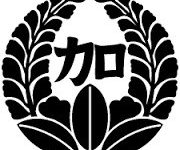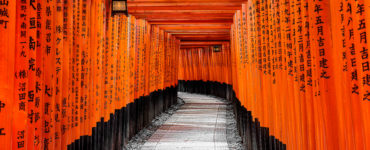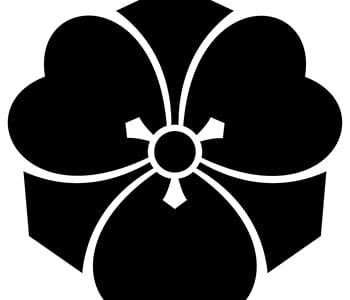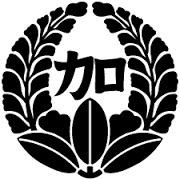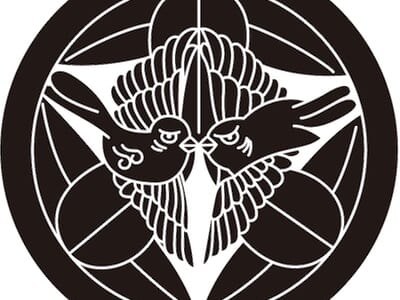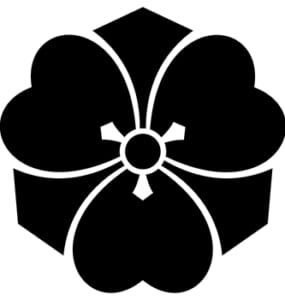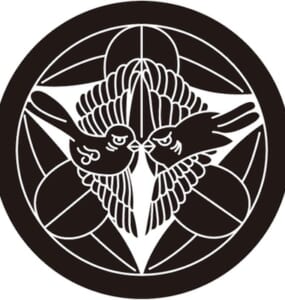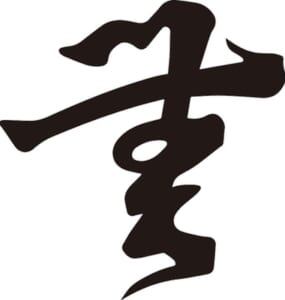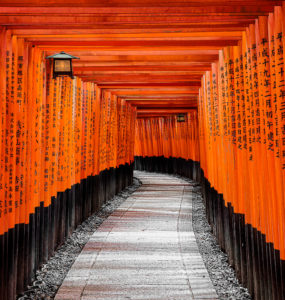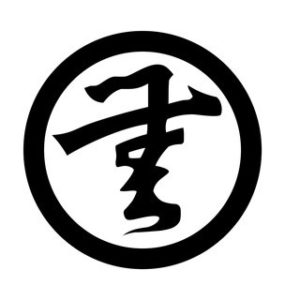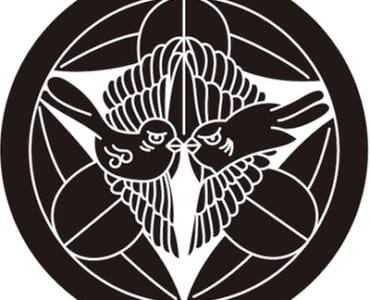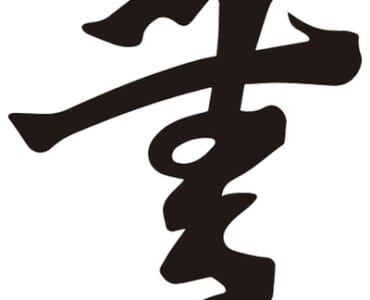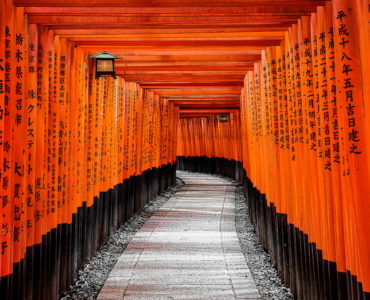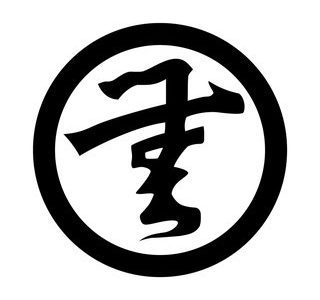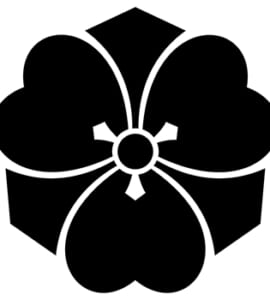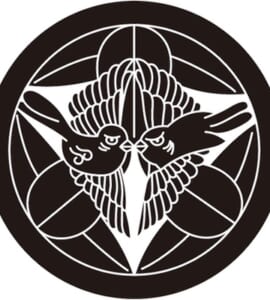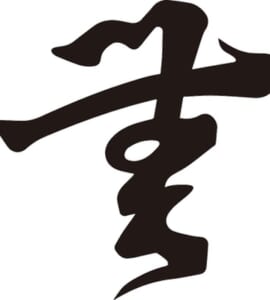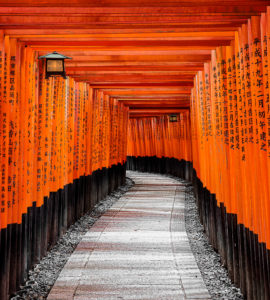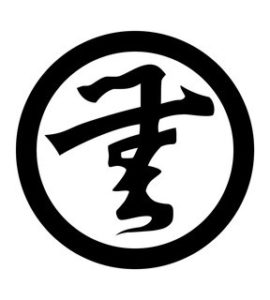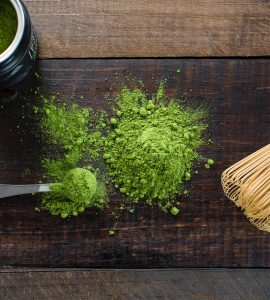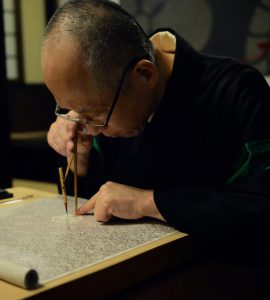Do you believe ancient clans still exist in Japan today? Yes, they do, as their descendants are still alive today. Generations of respecting the value of family have allowed Japanese clan symbols, aka Kamon, to survive...
Layout A (3 columns)
Layout C (3 columns)
Japanese clan symbols: Kamon of notable clans
Do you believe ancient clans still exist in Japan today? Yes, they do, as their descendants are still alive today. Generations of respecting the value of family have allowed Japanese clan symbols, aka Kamon, to survive...
Cool Japanese Last Names and their Meanings
This Kamon represents the Japanese family name “Kato” Japan has a vast number of last names. Many of them originated around the 12th century and became official after the Meiji restoration in the 19th...
Kamon: the Symbol of Japanese Family Identity
Uesugizasa Kamon, the Japanese family crest, indicates a family’s origins. Unlike the coat of arms, it doesn’t belong to an individual but to a family. Foreigners can have one if they wish. Inheriting the...
Samurai Kamon: Seven Notable Samurai Family Crests
Japanese warlords are known to have many family crests. They carry them for different occasions, and they often represent their bloodlines. However, many cases show that they are given by superiors or taken away from...
13 Types of Shinto Shrines: Different Deities, Beliefs and Blessings
Torii Gate of Suwa Shrine in Nishi-Waseda, Tokyo, Japan There are 13 types of Shinto shrines in Japan, each with a different belief system and deities. A deeper understanding of many types of Shinto Shrines gives you...
Significance of Selecting Japanese Family Crests aka Kamon
‘Mu’ Kamon Kamon, Japanese family crests, were first painted on palanquins, clothing, and camp curtains to mark the family name. The kamon on camp curtains and other items was clearly structured and easily...
Layout C (4 columns)
Japanese clan symbols: Kamon of notable clans
Do you believe ancient clans still exist in Japan today? Yes, they do, as their descendants are still alive today. Generations of respecting the value of family have allowed Japanese clan symbols, aka Kamon, to survive...
Cool Japanese Last Names and their Meanings
This Kamon represents the Japanese family name “Kato” Japan has a vast number of last names. Many of them originated around the 12th century and became official after the Meiji restoration in the 19th...
Kamon: the Symbol of Japanese Family Identity
Uesugizasa Kamon, the Japanese family crest, indicates a family’s origins. Unlike the coat of arms, it doesn’t belong to an individual but to a family. Foreigners can have one if they wish. Inheriting the...
Samurai Kamon: Seven Notable Samurai Family Crests
Japanese warlords are known to have many family crests. They carry them for different occasions, and they often represent their bloodlines. However, many cases show that they are given by superiors or taken away from...
13 Types of Shinto Shrines: Different Deities, Beliefs and Blessings
Torii Gate of Suwa Shrine in Nishi-Waseda, Tokyo, Japan There are 13 types of Shinto shrines in Japan, each with a different belief system and deities. A deeper understanding of many types of Shinto Shrines gives you...
Significance of Selecting Japanese Family Crests aka Kamon
‘Mu’ Kamon Kamon, Japanese family crests, were first painted on palanquins, clothing, and camp curtains to mark the family name. The kamon on camp curtains and other items was clearly structured and easily...
Where to Buy Best Matcha? 5 Established Matcha Stores in Japan
Where to buy best matcha, you wonder? I assume you must be a lover. So am I. There are not a few Japanese tea stores in Tokyo and Kyoto, where you can buy matcha, but not many stores have English speaking clerks. The...
Kamon the Avant-garde: Interview with Japanese Family Crest Artisans
Kamon: There’s a thousand-year tradition that the Japanese pass their family crests from generation to generation. The family crest is called “Kamon” in Japanese and can be seen everywhere in Japan...



